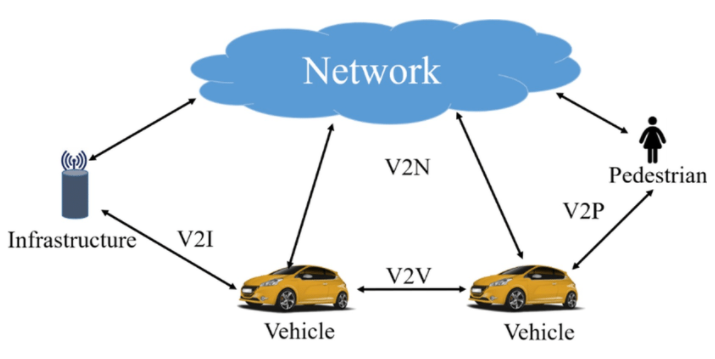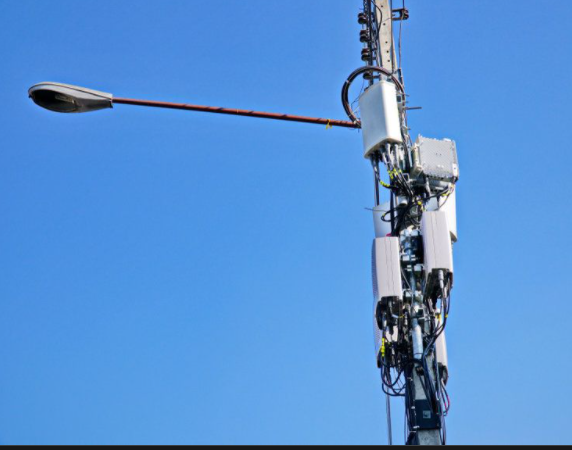Usecase for 5G
Mobile wireless communication has evolved from 1G to the current 5G technology. Every evolution has improved voice quality, data speed, and reliable communication from the previous generation. Data services have been introduced from 2G. Since 3G, every transition saw a major leap in data speed & this data speed transition was a talking factor in every progression. When 3G got introduced in 2010(in India), it provided enough speed to view YouTube videos(SD resolution) without any interruption and eased to use of GPS in mobile phones. Thanks to JIO, 4G got widely adopted after 2016. This helped users with videoconferencing, viewing HD youtube videos, and watching OTT streaming platforms with much ease. Recently introduced 5G is advanced and it is 60 to 120 times faster than its predecessor 4G. Low latency is one of the important features of 5G which helps in achieving this speed. Due to 5G’s low latency strength, millions of devices can be connected within a square km. data transfer close to 100Mbps between devices can be achieved.Though 5G is a very advanced and very high speed, real use cases with 5G are complex and will take more time to deploy in the user environment. For example, one of the 5G use cases is the efficient implementation of the connected cars technology. In connected car technology, the vehicle is always connected to the internet via an embedded chipset or SIM inside the vehicle. A connected vehicle can send/access the data in the cloud, download software updates, and connect with other devices(IoT devices). With multiple sensors in the vehicle, the vehicle can share its current location, driver behavior, engine diagnostics, and vehicle activity (telematics) & surrounding environmental conditions to the cloud. This different collected/processed information from the cloud can help a driver and other passengers inside the vehicle. These include safety, entertainment, vehicle management, breakdown prevention, and many more
Big data transfer speed associated with 5G helps to assist the drivers, and passengers inside the vehicle in quick time. Example: Real-time monitoring of the vehicle’s part and a back-end algorithm predicts breakdowns associated with the part. This can be informed via phone, SMS, or push notification from the cloud.

As like above-explained use case, though 5G has several advanced use cases like smart cities, autonomous vehicles, sports broadcasting, immersive entertainment, it may take several years to get adopted, unlike 4G for which it took only a few years.
Base station upgrades
mmWave based 5G:

Sub-6Ghz based 5G — India’s best choice:
Sub-6Ghz based 5G operates in mid-band between 2.4Ghz — 6Mhz. Though sub-6ghz based cannot produce enough speed like mmwave, it is better than 4G LTE in speed terms. China has rolled out sub-6ghz for its population. For India, sub-6Ghz is more suited(for now), and currently, all service providers favor sub-6Ghz due to the limited cost of 5G upgrades and more affordable to the users. Even most of 5G based mobiles currently in the Indian market are based on sub-6Ghz based.Security challenges
RAN — Radio Access network is part of wireless infrastructure. It includes antennas, base stations, and much more and it connects networked devices like mobile phones and autonomous vehicles to optical fibre internet. Conventional telecom equipment manufacturers like Nokia, Huawei, and Ericsson come with RAN architecture proprietorial to them. Hardware parts are not interoperable between different equipment makers. Switching the existing network to another manufacturer for equipment will cost billions, making wireless carriers remain withcorresponding equipment manufacturers locked for years or even decades. Hardware and software associated with telecommunication technology were earlier dominated by western, European countries, but in recent years Chinese telecommunication equipment are deployed at a much larger pace in developing countries due to its cheap cost.
Chinese has successfully built 5G solutions end to end catering to different use cases like video surveillance, artificial intelligence, Due to geopolitical tussles, already countries started using either their indigenous telecommunication solutions or solutions from allies. Australia recently banned Chinese 5G solutions, primarily from Huawei-based 5G equipment. Australian national security team was able to unequivocally conclude that 5G based on Chinese was a clear security risk, an entire national grid of telecommunications can be made useless in case of any war.
In the case of India, many of our current telecommunication equipment (for 3G/4G) associated with service providers like BSNL, Airtel, and Vodafone are based on Chinese origins like Huawei and ZTE. Though recently India didn’t allow its service providers like Airtel, Vodafone to use Chinese equipment for 5G trials(in May 2021), Neither India still didn’t have any blanket ban on Chinese equipment like the US or Australia nor it didn’t formulate any committee to study the ill effects of Chinese equipment (like the UK or Australia did) for telecommunication carriers. Recently another service provider namely JIO announced their entire 5G solution will be indigenous was encouraging
Spectrum allocation, Initial investments, and ARPU cost
ARPU an acronym stands for Average revenue per unit. It is used by telecom companies to identify the profitability generated from each of its users or subscribers. Service providers can increase their capital investment only if ARPU increases. In the case of 5G, for the Indian market, there is still a dearth of 5G based use cases. ARPU increase for a typical period w.r.t 5G, is still unknown. This adds another risk to the service providers. Since the initial capital investment for 5G is big & financial liability for the 4G to 5G transition is already adding more stress to service providers if the ARPU didn’t improve for a service provider in the specific period. It will create a big risk of closing the service itself
Conclusion:
Disclaimer: Opinions expressed within the content are solely the author’s and do not reflect the opinions and beliefs of the website or any company


